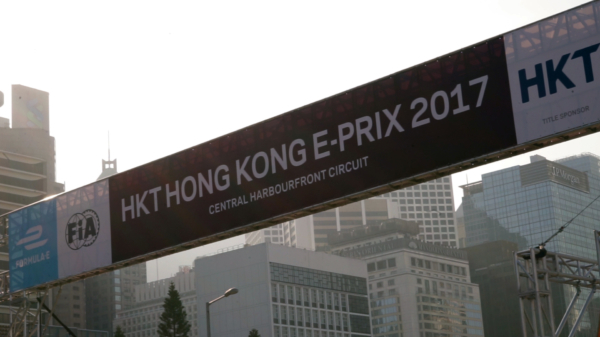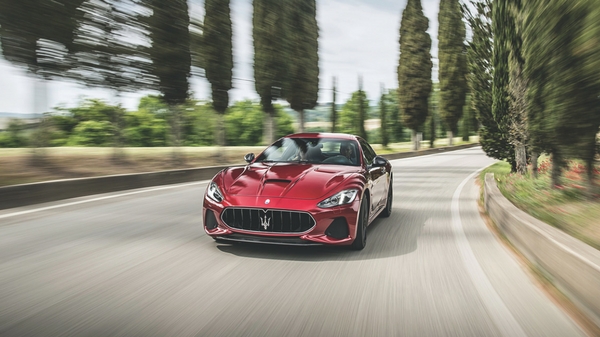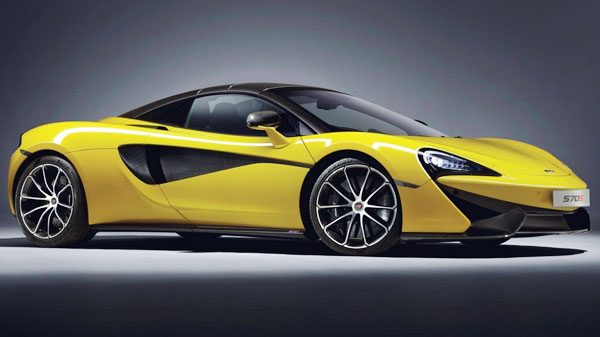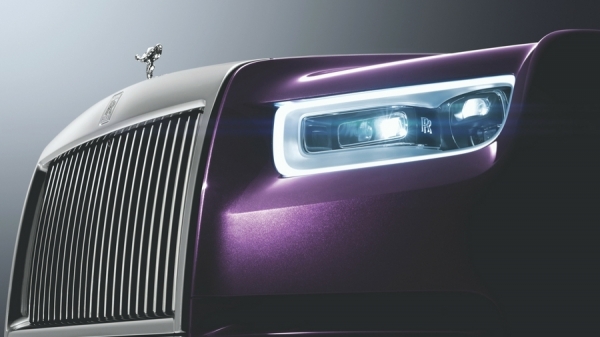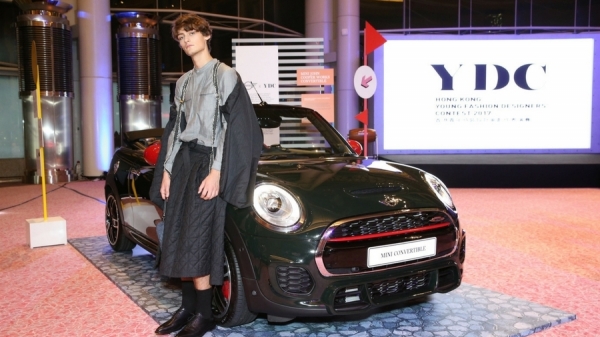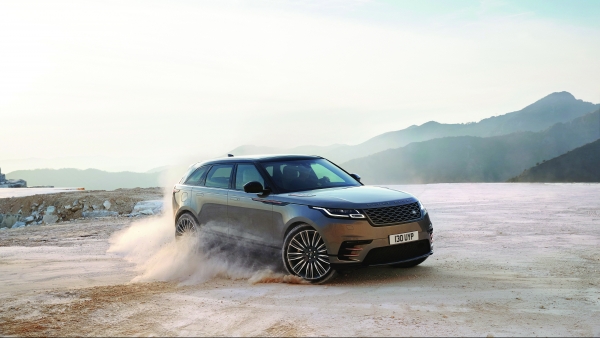
Clive Keep jets off to Norway to test drive Range Rover’s new luxury SUV: the Velar
When we were first approached by Land Rover about a trip to Norway, we were intrigued. The rugged landscape and picturesque scenery seemed an ideal place to put the latest addition to the Range Rover family of luxury SUVs – the Velar First Edition – through its paces. In a word, adventure sprang to mind, and that’s exactly what it turned out to be.
The charter flight from Farnborough in England to Molde in Norway was spent engrossed in a plethora of highly informative video presentations, photos and spec sheets about the car. Conveniently delivered through distributed iPads, this was a foretaste of the quality and attention to detail we were about to find lined up on the tarmac at Molde Airport. After a short briefing we were allocated cars, and soon we were en route to our first destination, the village of Meringdal.
As far as first impressions go, the Velar made a big one. At 4.8m long, 2.1m wide (including mirrors) and almost 1.7m high, it makes its presence known. The Velar is slightly larger than the 2017 Jaguar F-Pace – measuring 4.7m by 1.9m by 1.7m – but it’s still reassuringly human-scale by SUV standards. The nearly 1,250-litre (44 cubic foot) boot space easily accommodated our luggage, and we were soon on the road.
We felt a slight squeeze while passing oncoming vehicles on the narrow roads leading to the airport’s exit, but thanks to the sensors in the car’s wing mirrors displaying tracking status and alerts, confident handling and a sense of the car’s dimensions came quickly.
The cabin and dashboard layout are a testament to refined simplicity – a true triumph of ergonomic design. Within minutes we were happily playing with the entertainment system and exploring other settings and features on the two centrally-located 10.5-inch HD touchscreens. With a windscreen heads-up display showing navigation, tracking, speed and speed limits, we were soon comfortably cruising through the beautiful scenery of rural Norway.
After a delicious lunch in an idyllic setting in Meringdal, we were on the road again to the Storfjord Hotel, named after the municipality where it’s located. Unfortunately there are few motorways in that part of Norway and we were itching to open up and see what the powerful and innovative Ingenium 2-litre engine could do. A couple of chances to overtake slower-moving vehicles later on gave us a taste of the raw power under the hood. And impressive it was, letting us quickly and safely pass dawdlers with a throaty roar, leaving them in our wake.
Zero to 100kph in 5.7 seconds for the 3-litre V6 petrol version is impressive for a car of this size, and the 8-speed automatic gearbox was so smooth that gear changes were hardly noticeable. Even during the brief patches of rain we encountered, road holding was firm and solid, and braking was smoothly incremental.
[{"id" : "25136","image" : "https://www.gafencushop.com/wp-content/gallery/range-rover-wheels-sep-01-09-2017/rrvelar18my039glhdstudio010317_path.jpg","caption" : "rrvelar18my039glhdstudio010317_path"},{"id" : "25139","image" : "https://www.gafencushop.com/wp-content/gallery/range-rover-wheels-sep-01-09-2017/rrvelar18my079glhdinteriordetails010317.jpg","caption" : "rrvelar18my079glhdinteriordetails010317"},{"id" : "25141","image" : "https://www.gafencushop.com/wp-content/gallery/range-rover-wheels-sep-01-09-2017/rrvelar18my082glhdambientlightinginteriordetails010317.jpg","caption" : "rrvelar18my082glhdambientlightinginteriordetails010317"},{"id" : "25143","image" : "https://www.gafencushop.com/wp-content/gallery/range-rover-wheels-sep-01-09-2017/rrvelar18my280glhdopeninterior010317.jpg","caption" : "rrvelar18my280glhdopeninterior010317"},{"id" : "25145","image" : "https://www.gafencushop.com/wp-content/gallery/range-rover-wheels-sep-01-09-2017/rrvelar18my367glhdprlocationdynamic010317.jpg","caption" : "rrvelar18my367glhdprlocationdynamic010317"},{"id" : "25147","image" : "https://www.gafencushop.com/wp-content/gallery/range-rover-wheels-sep-01-09-2017/rrvelar18my435glhdprlocationdynamic_eff.jpg","caption" : "rrvelar18my435glhdprlocationdynamic_eff"},{"id" : "25149","image" : "https://www.gafencushop.com/wp-content/gallery/range-rover-wheels-sep-01-09-2017/rrvelar18my445glhdprlocationdynamic010317.jpg","caption" : "rrvelar18my445glhdprlocationdynamic010317"},{"id" : "25151","image" : "https://www.gafencushop.com/wp-content/gallery/range-rover-wheels-sep-01-09-2017/rrvelar18my509glhddappleebonykvadratinterior010317.jpg","caption" : "rrvelar18my509glhddappleebonykvadratinterior010317"}]
To succinctly sum up the Velar – it just works. It seems to be a car that can take anything you throw at it. This impression was borne out when we got to Salmon Wharf, where we were greeted by an odd arrangement of misshapen ramps, sloping walls and a giant hump. As a driver with little off-road experience it was exhilarating, if not a bit terrifying, to drive around this obstacle course and see exactly what this car could do.
This demonstration afforded us a close-up look at the Velar in its off-road driving mode with the double wishbone front and integral link rear suspension (air or coil springs and continuously variable dampers). We also got to witness the torque on-demand all-wheel drive in full action. The Velar proved to be a car that can take it fast and sharp or slow and steady with equal mastery.
During pre-dinner drinks at the hotel, a short presentation was given about the design of the car. Here we were told about the designers’ aspirations to reduce visual noise and clutter, following the concept of reductionism. This is best exemplified by the flush fit door handles and slim-line Matrix-Laser LED headlights. The overall integrity and minimalism in the Velar’s waistline is one of the most attractive aspects of its exterior design.
The sleekness of the First Edition is impressive too. Its relatively low height was achieved by making adjustments to the suspension in order to increase ground clearance to suit the terrain. This allowed designers to move away from the boxy look of the early Range Rovers. Window height is also minimal, further adding to the impression of a big, powerful beast ploughing through the elements.
The lines of the car perfectly accentuate the streamlining. The base line at chassis height slopes gently upward towards the rear and incorporates the geometry of the front air intakes and additional rear lights, as well as the wheel arches and side panel contours.
The waistline, with an even gentler upward slope, brilliantly integrates the front grille, headlight, bonnet edges, rear lights and the elegantly badged boot lid lip.
The bonnet and roof silhouette complete the picture with the roof-line sloping down towards the stern, creating the impression of a bulbous front with a sleekly tapered tail. Indeed, the car is topologically similar to a tear drop – the geometrical ideal for streamlining.
[{"id" : "25136","image" : "https://www.gafencushop.com/wp-content/gallery/range-rover-wheels-sep-01-09-2017/rrvelar18my039glhdstudio010317_path.jpg","caption" : "rrvelar18my039glhdstudio010317_path"},{"id" : "25139","image" : "https://www.gafencushop.com/wp-content/gallery/range-rover-wheels-sep-01-09-2017/rrvelar18my079glhdinteriordetails010317.jpg","caption" : "rrvelar18my079glhdinteriordetails010317"},{"id" : "25141","image" : "https://www.gafencushop.com/wp-content/gallery/range-rover-wheels-sep-01-09-2017/rrvelar18my082glhdambientlightinginteriordetails010317.jpg","caption" : "rrvelar18my082glhdambientlightinginteriordetails010317"},{"id" : "25143","image" : "https://www.gafencushop.com/wp-content/gallery/range-rover-wheels-sep-01-09-2017/rrvelar18my280glhdopeninterior010317.jpg","caption" : "rrvelar18my280glhdopeninterior010317"},{"id" : "25145","image" : "https://www.gafencushop.com/wp-content/gallery/range-rover-wheels-sep-01-09-2017/rrvelar18my367glhdprlocationdynamic010317.jpg","caption" : "rrvelar18my367glhdprlocationdynamic010317"},{"id" : "25147","image" : "https://www.gafencushop.com/wp-content/gallery/range-rover-wheels-sep-01-09-2017/rrvelar18my435glhdprlocationdynamic_eff.jpg","caption" : "rrvelar18my435glhdprlocationdynamic_eff"},{"id" : "25149","image" : "https://www.gafencushop.com/wp-content/gallery/range-rover-wheels-sep-01-09-2017/rrvelar18my445glhdprlocationdynamic010317.jpg","caption" : "rrvelar18my445glhdprlocationdynamic010317"},{"id" : "25151","image" : "https://www.gafencushop.com/wp-content/gallery/range-rover-wheels-sep-01-09-2017/rrvelar18my509glhddappleebonykvadratinterior010317.jpg","caption" : "rrvelar18my509glhddappleebonykvadratinterior010317"}]
This reductionist theme also extends to the car’s interior. The dual HD touchscreens – plus an additional dashboard and heads-up display – keep knobs and buttons to a minimum and make for a clean and simple yet highly functional and intuitive layout. As is often the case with luxury vehicles, adding devices via Bluetooth or USB was simple and straightforward. Four USB charging sockets, all centrally located, are an added convenience for passengers.
So why might a driver in Hong Kong opt for the new Range Rover Velar? The city isn’t exactly known for its off-road driving scene. If you had to take your child to hospital in the middle of a typhoon it would certainly be a good choice, but that’s not a scenario that pops up too often.
Off-road adventure isn’t the only thing the Velar has to offer, though. A big, sturdy vehicle with the full compliment of on-board safety features, it’s a car that’s enjoyable to drive under any road conditions.
For comfort and roominess, as well as the feeling of sheer luxury, the Velar has a lot to offer. While the price tag may not be too much of an issue in such a wealthy city, Hong Kong people still want value for money.
Starting at around HK$800,000, or $1.45 million for the top model, the Velar is top-of-the-range in price in Hong Kong. The premium Porsche Macan Turbo starts at HK$1.34 million, but bear in mind that the Velar comes with premium features as standard – not to mention the satisfaction of owning the first of a completely new breed.
For those that simply must have the latest and greatest, the Velar First Edition may become an irresistible choice.
Story: Clive Keep




